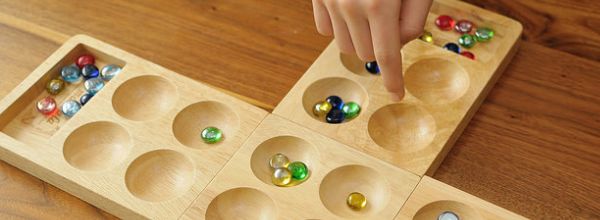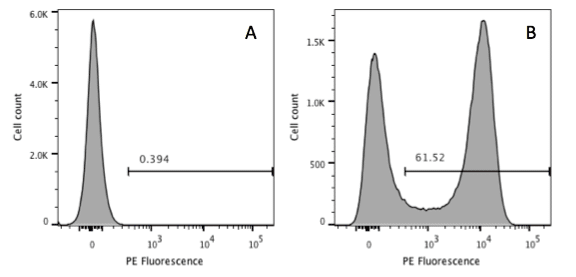The Exciting (and Emitting) World of Fluorescence
Flow cytometry is a fluorescence-based technology, as is fluorescence microscopy and confocal microscopy. Fluorescence is fundamental to how a cytometer gathers data, but I am often surprised, as a core manager, at how little new users know about the process of fluorescence. So, this is where I always start the training process. Let’s get physical…





























